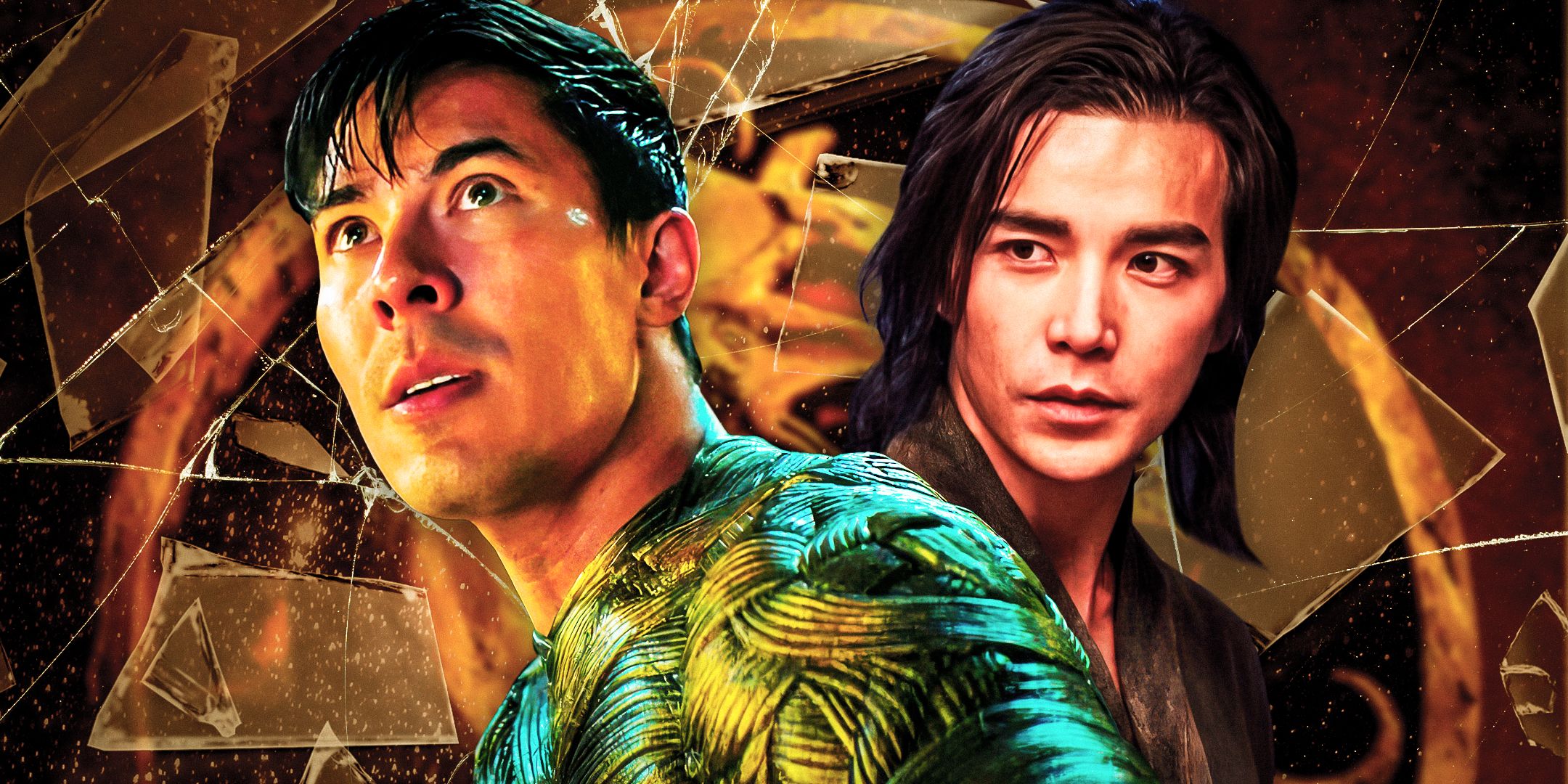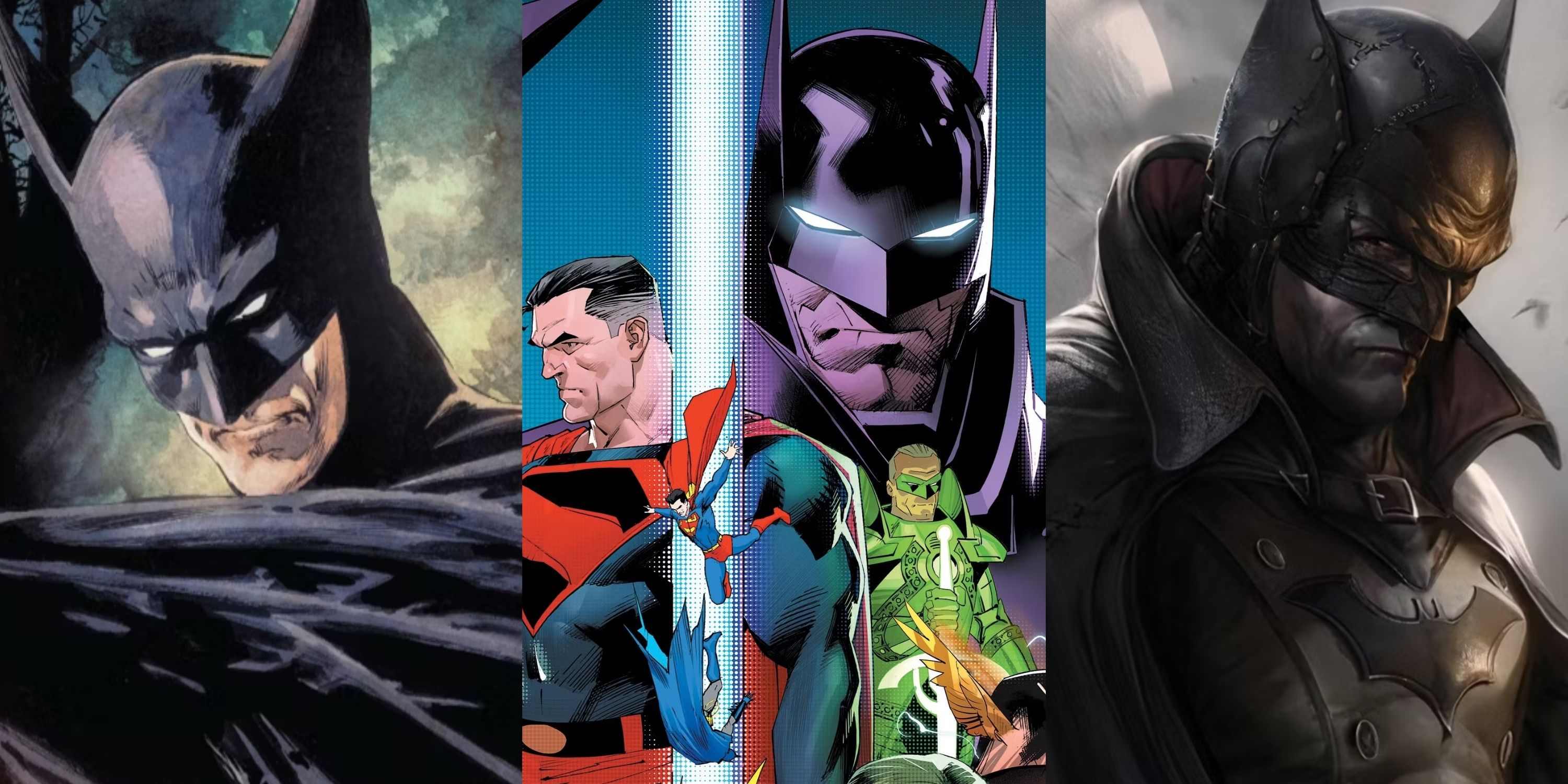With plenty of upcoming H. R. Giger-inspired titles, such as the survival horror game Scorn that’s scheduled to be released on Oct. 21, it’s obvious that Giger’s signature surrealistic “biomechanical” art style continues to inspire. Since horror is all about subverting and traversing established social dichotomies and norms, the combination of mechanical and organic elements, which are normally seen as opposing forces, is perfect for the genre.
While many games, such as the Resident Evil franchise, incorporate some of these elements, certain titles such as Tormentum – Dark Sorrow base most of its content around this stylistic concept.
Mystic Nights (2005)
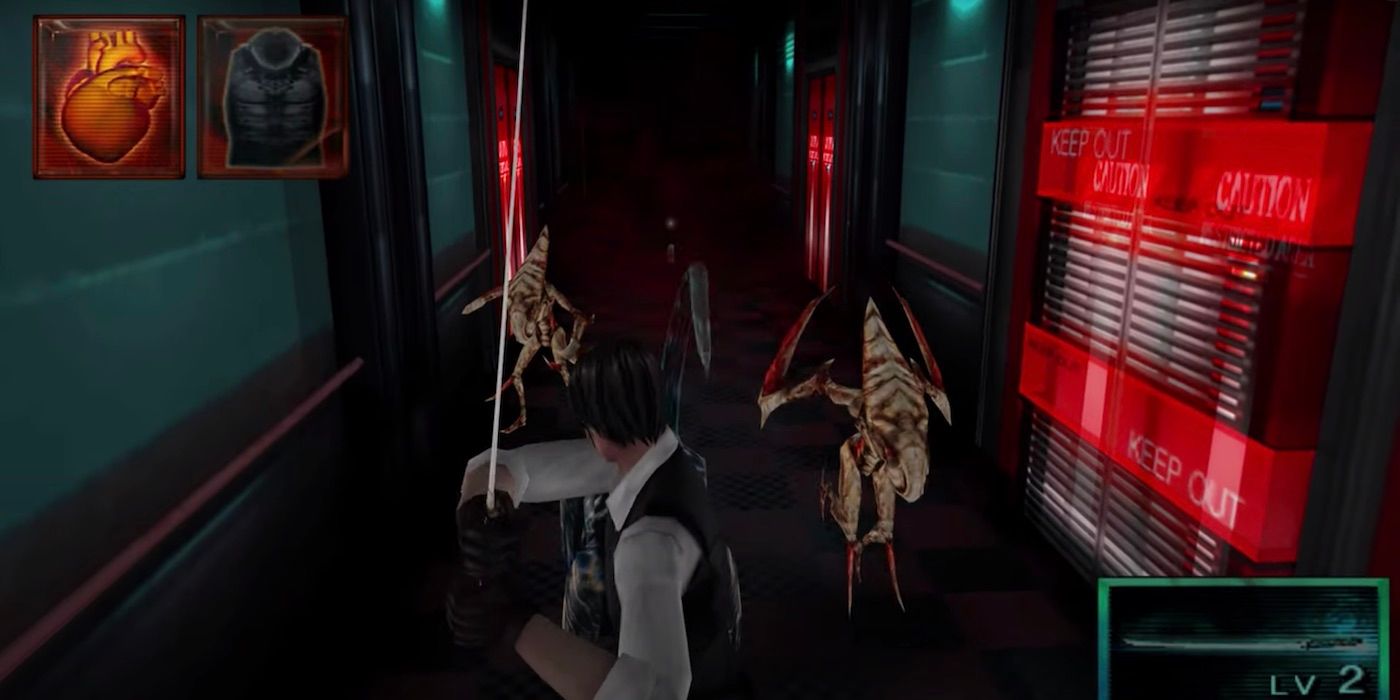
Released in 2005 for the PlayStation 2, Mystic Nights is a survival horror game that tried to differentiate itself from other titles in the genre by having a multiplayer mode where players try to kill as many enemies as possible, find the exit, and figure out who among them is the traitor. While social deduction games and multiplayer horror games are becoming more common now, this game tackled these genres more than a decade beforehand.
In the single-player mode, the game follows a scientist named Bruce who is invited to a new research facility by his former friend Allen, which is only travels to so that he can see his former love interest Monica. Shortly after arriving, however, he becomes trapped in the building and discovers that it has been overrun by strange biomechanical creatures. Though this game was only officially released in South Korea, there’s an English fan-translation.
Hellnight (1998)
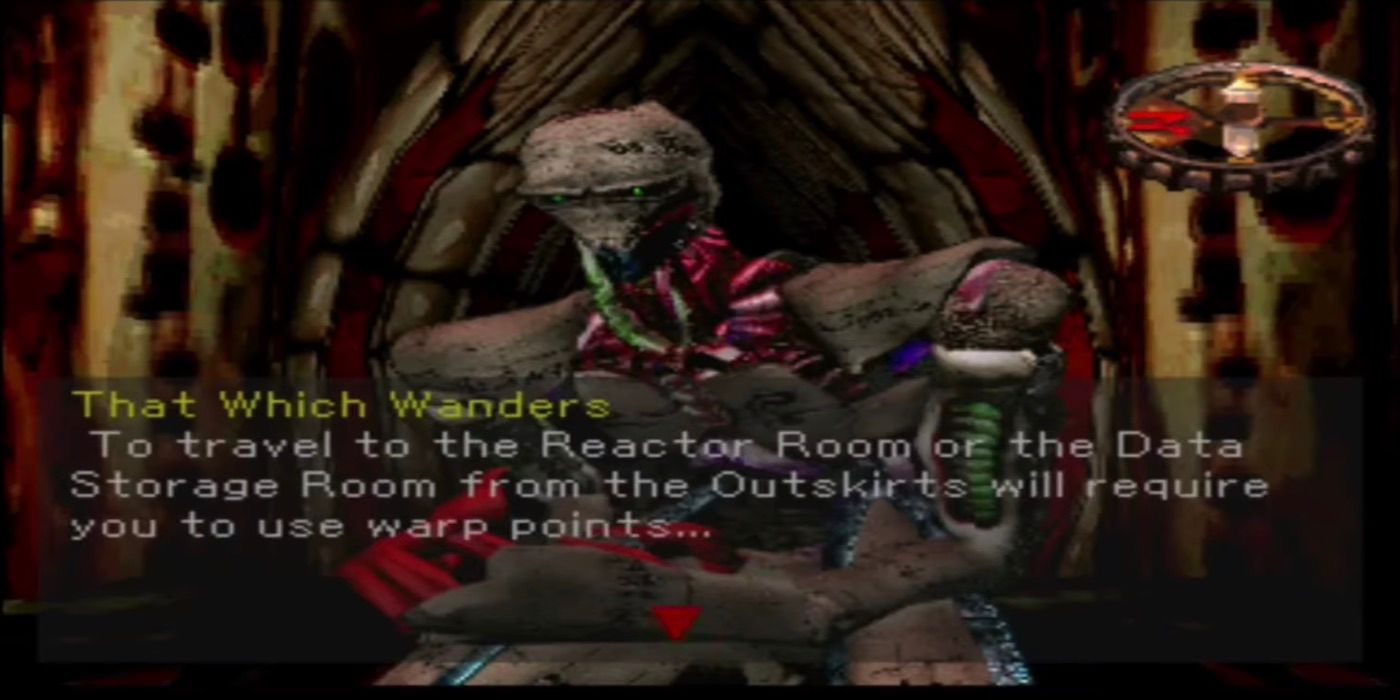
Developed by Atlus, who are best known for the Megami Tensei franchise and other JRPGs, Hellnight is a 1998 PlayStation first-person survival horror game that was released in Japan and Europe. While running from a group of cultists in Tokyo, the protagonist escapes onto a late-night subway train, which is then attacked by a strange creature. Though this causes the train to crash, the protagonist and a high school girl named Naomi survive.
To escape the creature, the two characters run into the sewers and discover that there’s an entire city underneath Tokyo that’s called “The Mesh,” and they’ll have to navigate its labyrinth while avoiding the monster, a group of cultists, and more to find a way back to the surface. Eventually, the player discovers that all of these events are connected to an ancient biomechanical alien species that’s located deep within the Earth. In 2019, Puppet Combo released a horror game titled Day 7, which was partially inspired by Hellnight.
Dark Seed Duology (1992-1995)
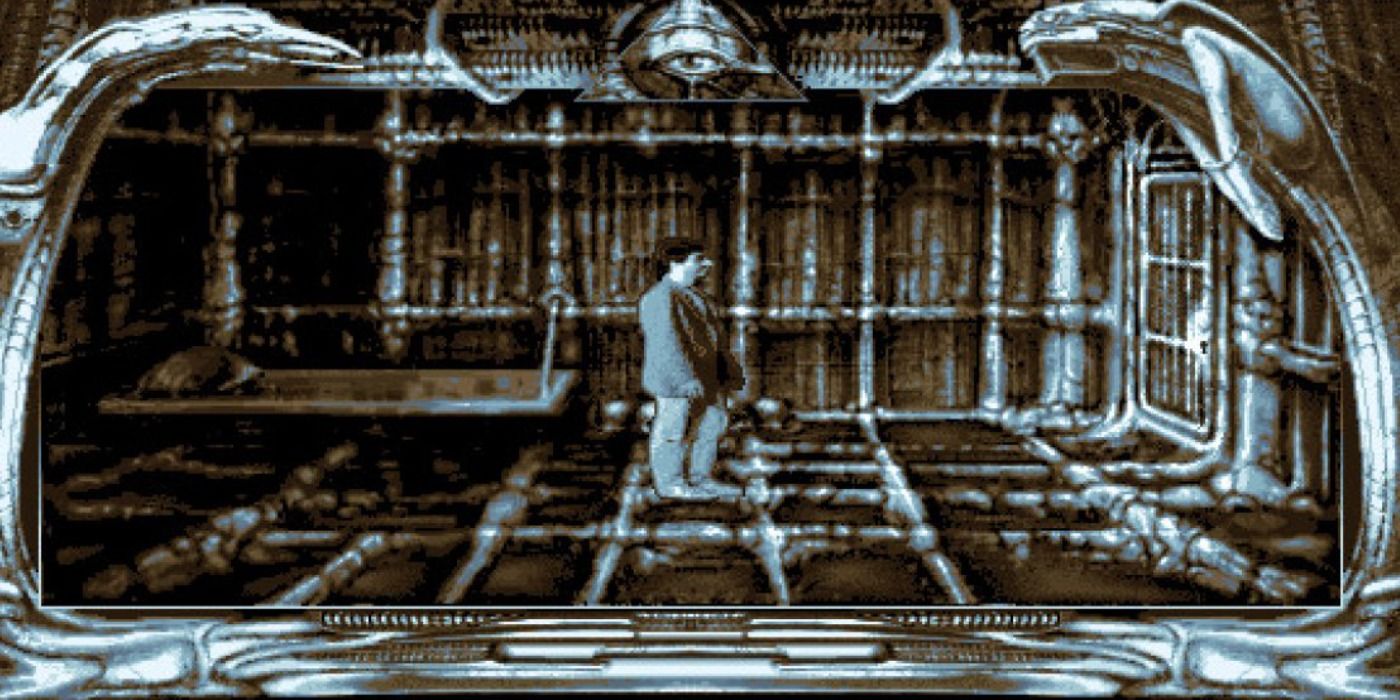
Although multiple games have been inspired by H. R, Giger’s artworks, the ’90s point-and-click surrealist horror adventure games Dark Seed and Dark Seed II were allowed to use his actual artworks to create a story. Both games follow a man named Mike Dawson who discovers a parallel universe known as the “Dark World,” which is ruled by an alien race called the “Ancients.”
With help from a friendly darkworlder known as the “Keeper of Scrolls,” Mike must traverse between the two universes and solve puzzles to stop the alien race from destroying the human world. Though both games suffer from poorly implemented gameplay mechanics, they’re remembered fondly for their artistic merits.
Garage: Bad Dream Adventure (1999)
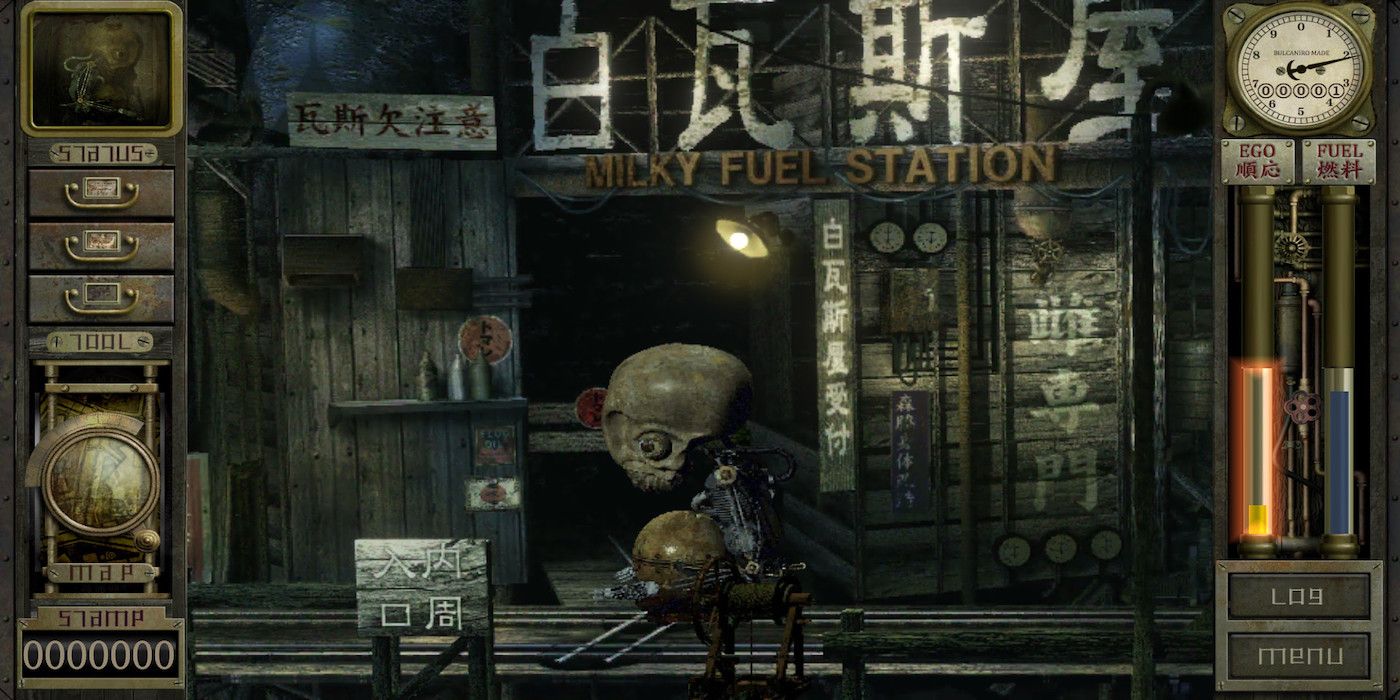
One of the most surreal games from the ’90s is Garage: Bad Dream Adventure, which is a 1999 PC horror adventure game. Designed by Japanese surrealist Tomomi Sakuba, the game follows a biomechanical creature named Yan who finds himself trapped in a bizarre world, which was created by the psychotherapeutic machine known as “Garage.” To escape his own inner self, he must explore this world and find his “shadow.”
Although considered a piece of lost media for years, the game was finally rediscovered in 2014 and later fan-translated into English in 2020. Then, in 2021, the game was officially remade with new content, side-quests, and endings.
I Have No Mouth, and I Must Scream (1995)
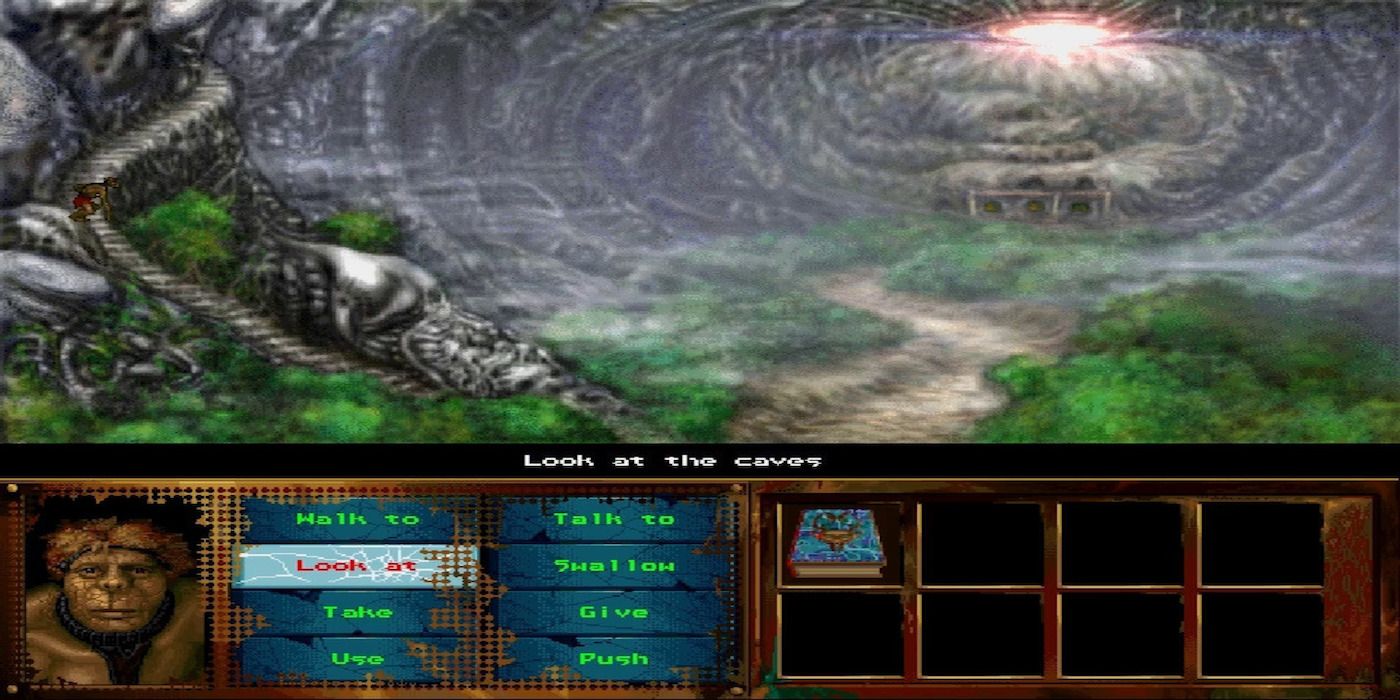
Based on award-winning American writer Harlan Ellison’s short story of the same name, I Have No Mouth, and I Must Scream is a 1995 science fiction point and click adventure game that’s sadly not as well-known as it should be. Co-designed by Ellison himself, the game takes place in a post-apocalyptic world where seemingly all of humanity has been wiped out except for five select individuals by an evil supercomputer named “AM,” who was also voiced by Ellison.
During the game, AM forces each human to go through a simulated scenario that will make them confront their own flaws and various ethical dilemmas. Since many parts of the game take place within AM itself, this experience is filled with biomechanical imagery. This is best demonstrated by how the game’s final section takes place on AM’s brain, which sort-of looks like a large mechanical human brain.
Alien Syndrome (1987)
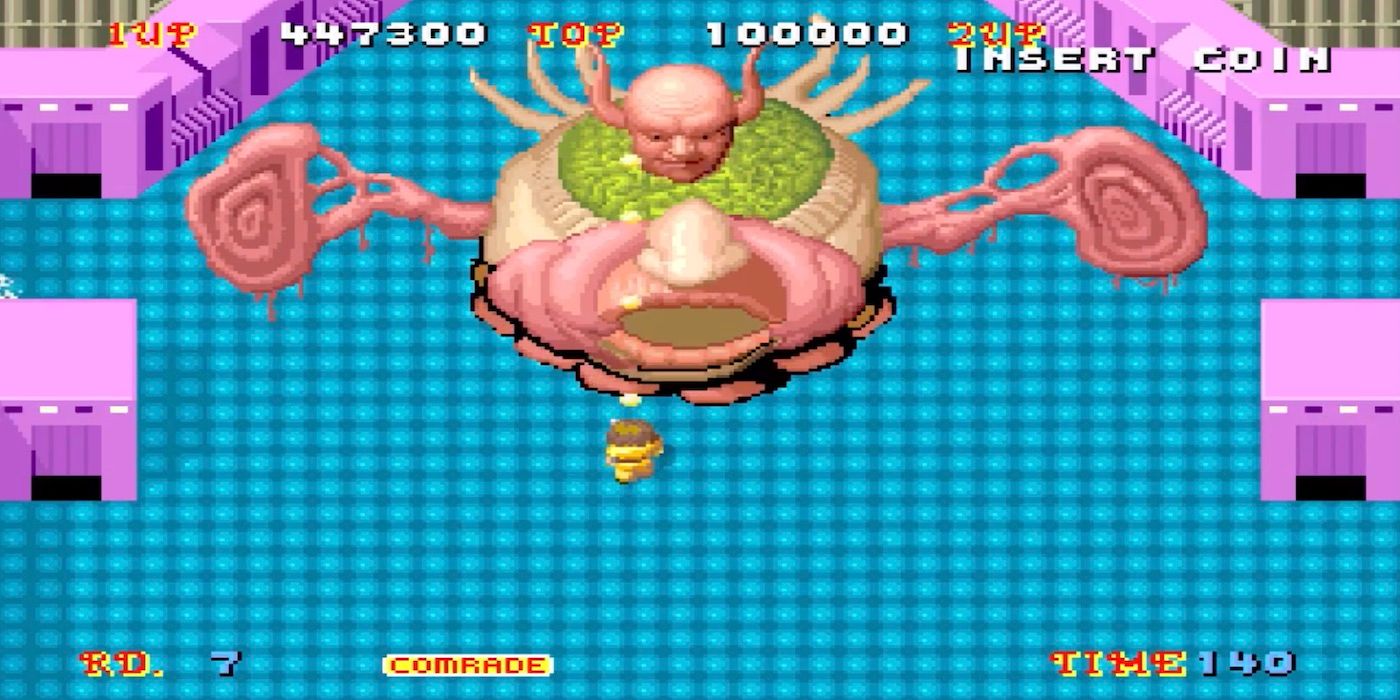
Developed by Sega, Alien Syndrome is a 1987 run and gun arcade game where players control one of two soldiers, Mary or Ricky, as they traverse through several levels and fight aliens. After rescuing enough survivors in a level, the player can go through the exit and fight the level’s boss, which the player needs to defeat before moving on to the next area.
Since the game was heavily inspired by the Alien franchise, it’s not surprising that the experience is filled with Giger-inspired monstrosities. The immense success of this game led to many ports, a PlayStation 2 remake, and a 2007 sequel that was also called Alien Syndrome.
Remote Life (2019)
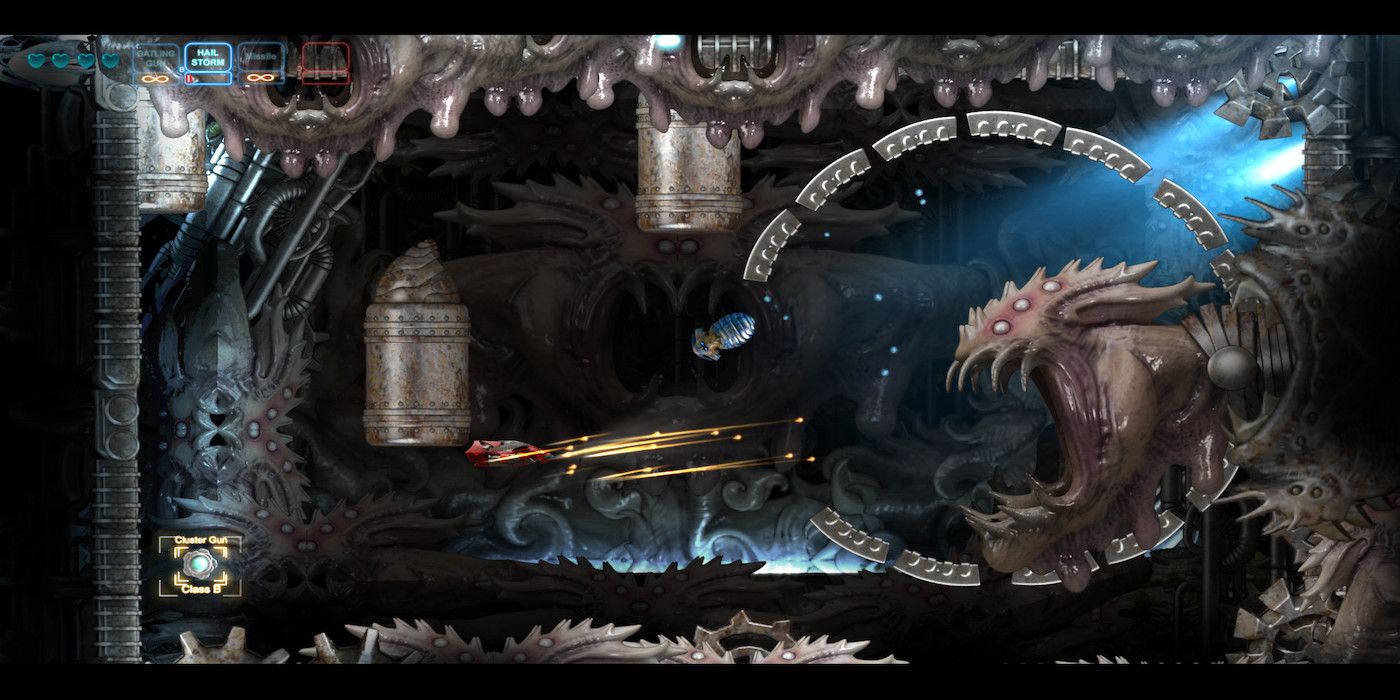
Released in 2019, Remote Life is a 2D side-scrolling space shooter where the player controls a pilot named John Leone who is trying to save the planet Earth from an alien hive that’s approaching it. To do this, the player flies directly into the hive, navigates through obstacles, and battles detailed biomechanical creatures.
As the player explores the hive, they’ll uncover the secrets behind why the aliens are attacking the planet. Even with three difficulty levels to choose from and customizable ships, players will likely die many times as they face this game’s challenging gameplay.
Tormentum – Dark Sorrow (2015)
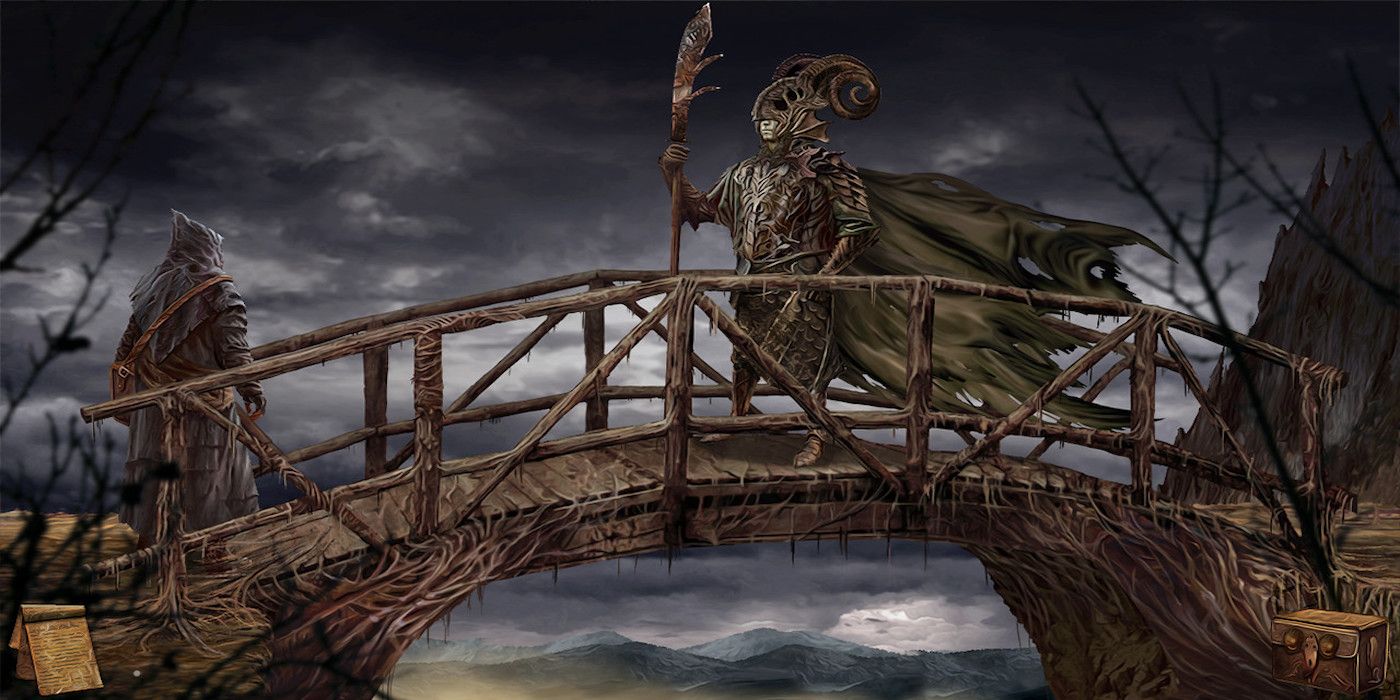
With the sequel titled Tormentum II currently in development, now is the perfect time to play the original 2015 point-and-click adventure game Tormentum – Dark Sorrow. Similarly to the upcoming Scorn, this game was inspired by both H. R. Giger and Polish dystopian surrealist Zdzisław Beksinski, but also borrowed some elements from the Dark Seed games and Demon’s Souls.
After waking up in this bleak world, the protagonist discovers that they’ve lost their memories and that they’re a prisoner being sent to a dark castle. While exploring the three realms, talking to various characters, and solving puzzles, the player will need to make moral decisions that will affect the game’s ending.
Alien: Isolation (2014)
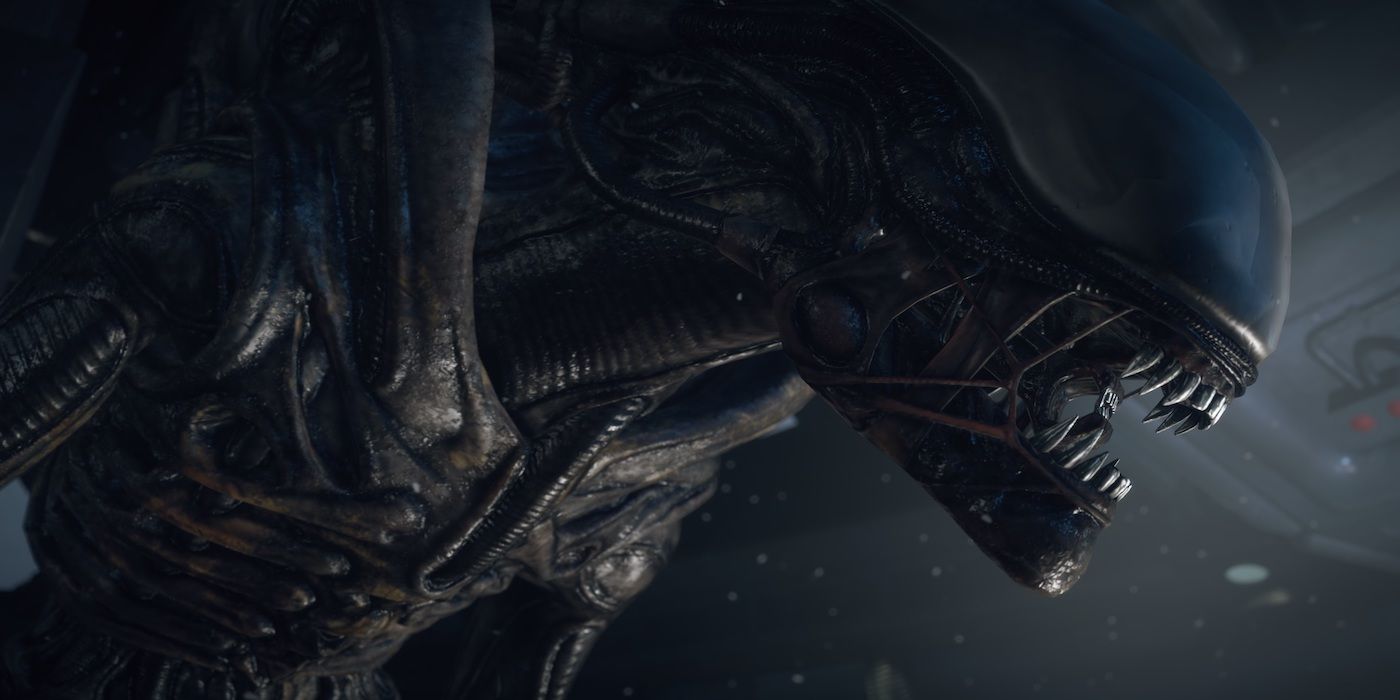
A discussion about biomechanical horror isn’t complete without including the iconic Alien franchise. Although the series has had several great games over the years, the best example is still the 2014 survival horror game Alien: Isolation. Set years after the events of the original 1979 film Alien, Ellen Ripley’s daughter, Amanda, travels to the space station Sevastopol to investigate Ellen’s disappearance.
Shortly after entering the station, however, she quickly discovers that it has been wrecked by an Alien, so she must find a way to survive and escape. Even years after this game’s release, the Alien’s A.I. is still praised as being one of the best.
Axiom Verge (2015)
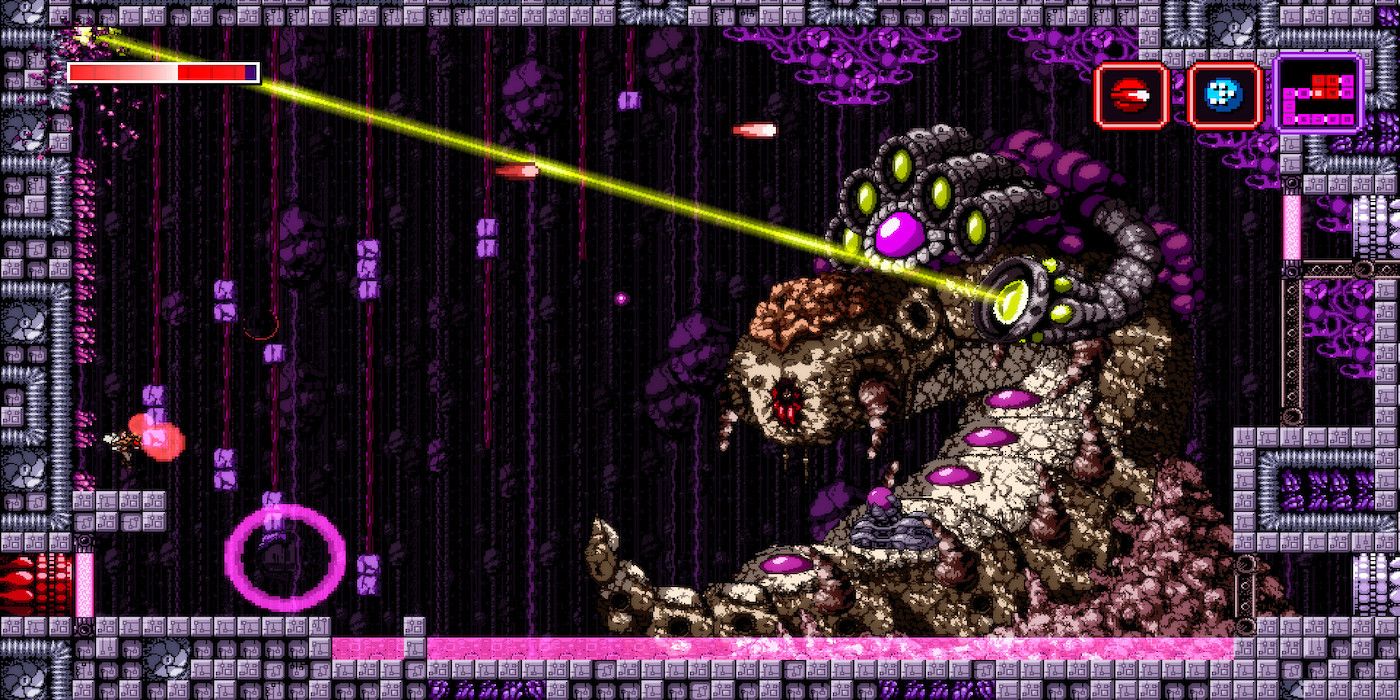
Released in 2015, Axiom Verge is a gorgeous pixelated metroidvania that follows a scientist named Trace. After a lab accident, Trace wakes up in a strange biomechanical world that has been devastated by a man named Athetos. With the help of a mechanical giant named Elsenova, Trace will try to solve the mysteries behind this world and how he ended up there.
Similarly to other metroidvanias, Trace will need to explore the interconnected world to find weapons, items, and abilities to progress. But, some of these abilities, like the ability to deliberately “glitch” the game, are unique to this title. A sequel titled Axiom Verge 2 was just released on Aug. 11.

